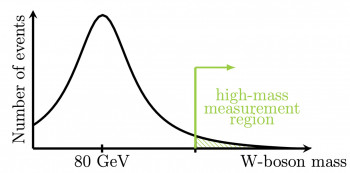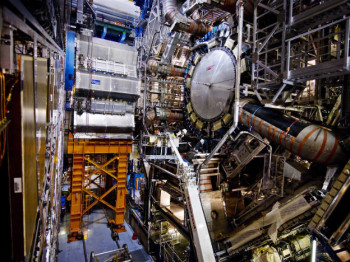Welcome to The Centre for Fundamental Physics
The Centre for Fundamental Physics investigates the most fundamental aspects of our universe, ranging from the tiniest sub-atomic particles to the vast structure of galaxies and the universe as a whole. Our strategy is to push complementary aspects of experimental and theoretical research, maximising our fundamental science output.
On the smallest scale, our particle physics research studies the fundamental building blocks of matter, providing precise measurements of Standard Model particles, the Higgs boson, and the extraordinary phenomenon of neutrino oscillations. A better understanding of these processes will have significant implications for our understanding of the universe and its evolution.
On the other end of the scale, our centre is dedicated to understanding astrophysical phenomena throughout the universe. We exploit observational, theoretical, and simulation methods to study relativistic and survey cosmology, extrasolar planets, solar and space plasma physics.
Our research topics are all supported by strong links to our theoretical research in quantum field theory, string theory, and scattering amplitudes. The centre is committed to looking towards the future and has been at the forefront of developing future detector technologies that have strong links to industry. We have also developed advanced machine learning algorithms, which have applications both within and outside of our areas of research.
News

25-04-2025
Centre for Fundamental Physics

12-04-2025
Centre for Fundamental Physics
Recent Publications
- Time-dependent solutions of biadjoint scalar field theories
Armstrong-Williams K and White CD
Physics Letters B, Elsevier vol. 866
01-07-2025 - Large area curved silicon modules for future trackers
Moss S, Zhang Z, Bevan AJ, Bullough M, Dopke J, Mistry J and Zenz S
Nuclear Instruments and Methods in Physics Research Section a Accelerators Spectrometers Detectors and Associated Equipment, Elsevier vol. 1075
01-06-2025 - The observable impact of runaway OB stars on protoplanetary discs
Coleman GAL, Kim JS, Haworth TJ, Hartman PA and Kalish TC
Monthly Notices of The Royal Astronomical Society, Oxford University Press (OUP)
14-05-2025
Recent Grants
- RS-NIF 2024: Celestial Construction of Scattering Amplitudes - Lecheng Ren
Ricardo Monteiro
£257,848 Royal Society
31-03-2025 - 30-03-2027 - Combinatorics and algorithms for quantum states in holography
Sanjaye Ramgoolam
£12,000 Royal Society
01-01-2025 - 31-12-2026 - URF 2023: The environmental origins of exoplanetary systems - Andrew Winter
Andrew Winter and Thomas Haworth
£1,815,619 Royal Society
01-01-2025 - 31-12-2032






![Particle Physicists Share 2025 Breakthrough Prize in Fundamental Physics ATLAS detector endcap [Photo credit ATLAS collaboration].](/content/news/images/ee6e3bdfe7c71f1788e1408b408bae2a.jpg)